| Weight | 1 lbs |
|---|---|
| Dimensions | 9 × 5 × 2 in |
| target | FSME/TBE (Tick-Borne Encephalitis) Virus |
| species reactivity | Tick-Borne Encephalitis Virus (TBE/FSME) |
| applications | ELISA |
| assay type | Indirect & quantitative |
| available size | 1 mg |
FSME-TBE (Tick-Borne Encephalitis) Virus (Premium) Antigen BA112VS
$1,371.00
Summary
- Virion/Serion Immunologics Antigen for research use (RUO)
- FSME-TBE (Tick-Borne Encephalitis) Virus (Premium) Antigen, recombinant
- Suitable for detection of IgA, IgG & IgM antibodies in ELISA
- Lot specific concentration, specified in mg/mL
- 1 mg
FSME-TBE (Tick-Borne Encephalitis) Virus (Premium) Antigen BA112VS
| kit |
|---|
| Research area Infectious Disease |
| Storage Store at -65°C or lower. Avoid repeated freeze-thaw cycles. 10 years from date of manufacture (under recommended storage conditions). |
| Form liquid |
| Associated products FSME/TBE (Tick-Borne Encephalitis) Virus (Premium) Antigen (BA112VS) FSME/TBE (Tick-Borne Encephalitis) Virus Antigen (BA112VSL) Tick-Borne Encephalitis Virus IgG Control Serum (BC112G) Tick-Borne Encephalitis Virus IgM Control Serum (BC112M) Tick-Borne Encephalitis Virus IgG ELISA Kit (ESR112G) Tick-Borne Encephalitis Virus IgM ELISA Kit (ESR112M) |
| target relevance |
|---|
| Organism Tick-Borne Encephalitis Virus (FSME/TBE Virus) |
| Protein names Tick-Borne Encephalitis Virus (TBE/FSME) |
| Structure and strains Tick-borne encephalitis virus (TBEV) is a positive-strand RNA virus associated with tick-borne encephalitis in the genus Flavivirus. |
| Detection and diagnosis Cultivation of the TBE Virus is complex, time consuming and requires special safety precautions. Direct pathogen detection by RT-PCR is possible at the onset of disease, however, a negative result does not rule out a TBE Virus infection. As a consequence, the determination of pathogen-specific antibodies by ELISA is recommended for laboratory confirmation of TBE Virus infections. The combined demonstration of IgG and IgM antibodies directed against TBE Virus, a significant increase in antibody activity by the analysis of serum pairs or the detection of intrathecally synthesized IgG or IgM antibodies serve to confirm an infection. |
Data
Publications
| pmid | title | authors | citation |
|---|---|---|---|
| We haven't added any publications to our database yet. | |||
Protocols
| relevant to this product |
|---|
| BA112VS protocol |
Documents
| Product data sheet |
|---|
| BA112VS |
Only logged in customers who have purchased this product may leave a review.
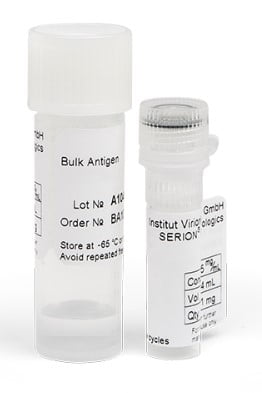
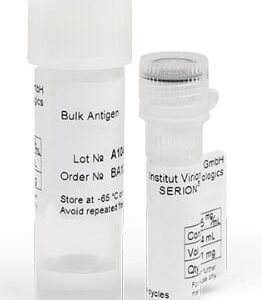
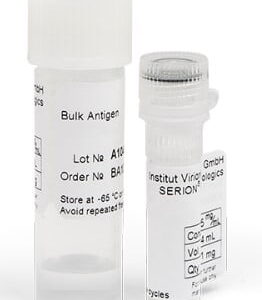

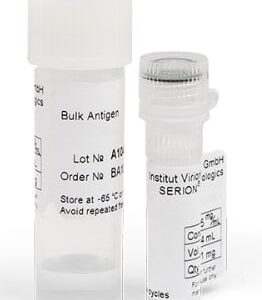
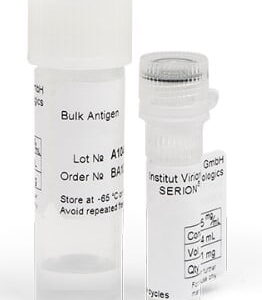
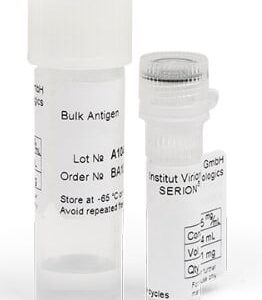
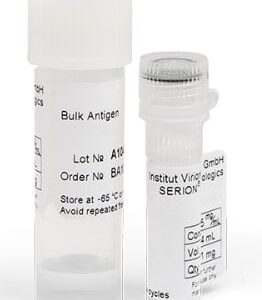
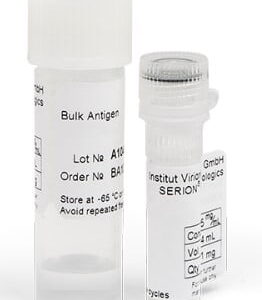
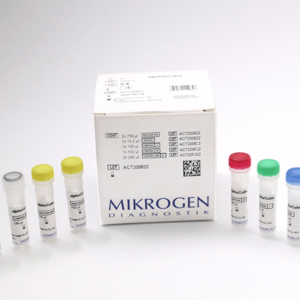
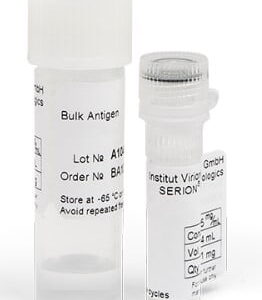
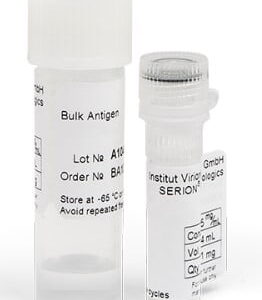
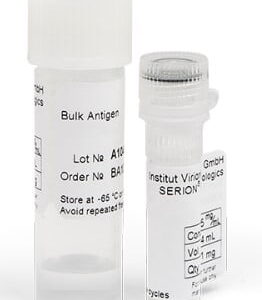
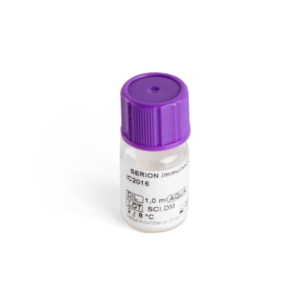
Reviews
There are no reviews yet.